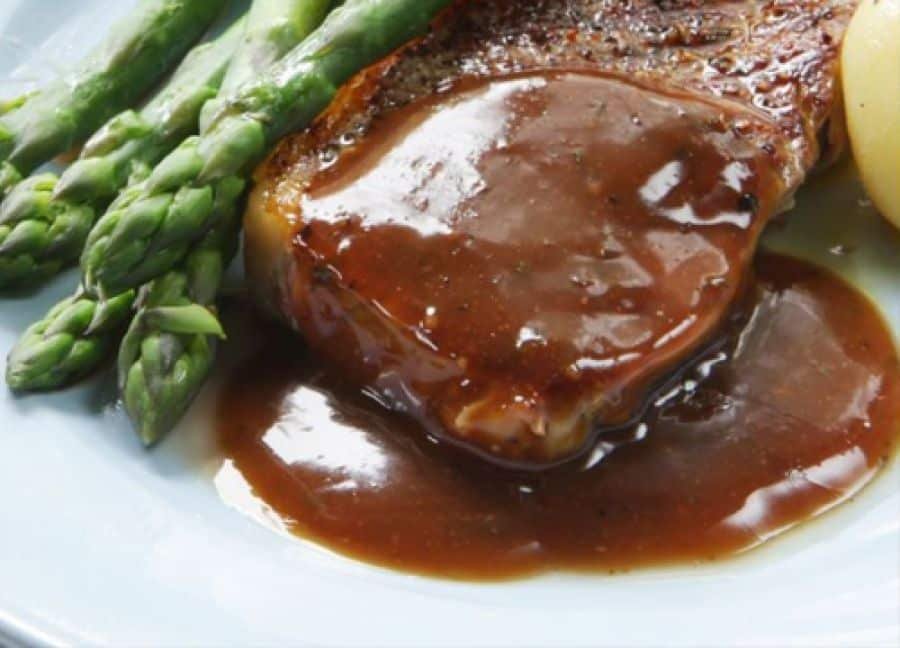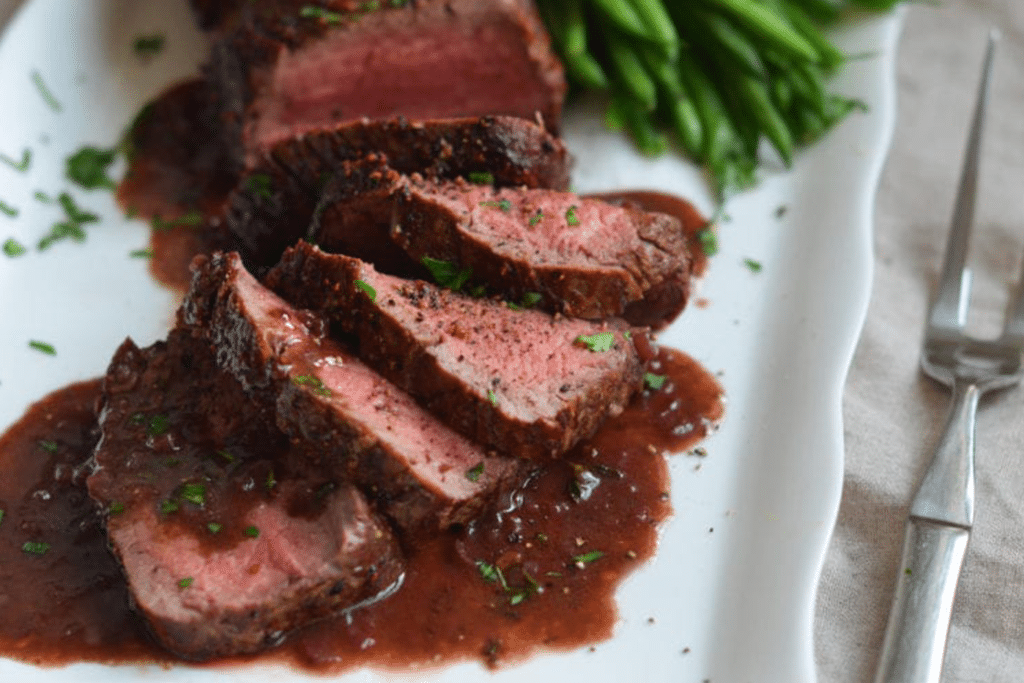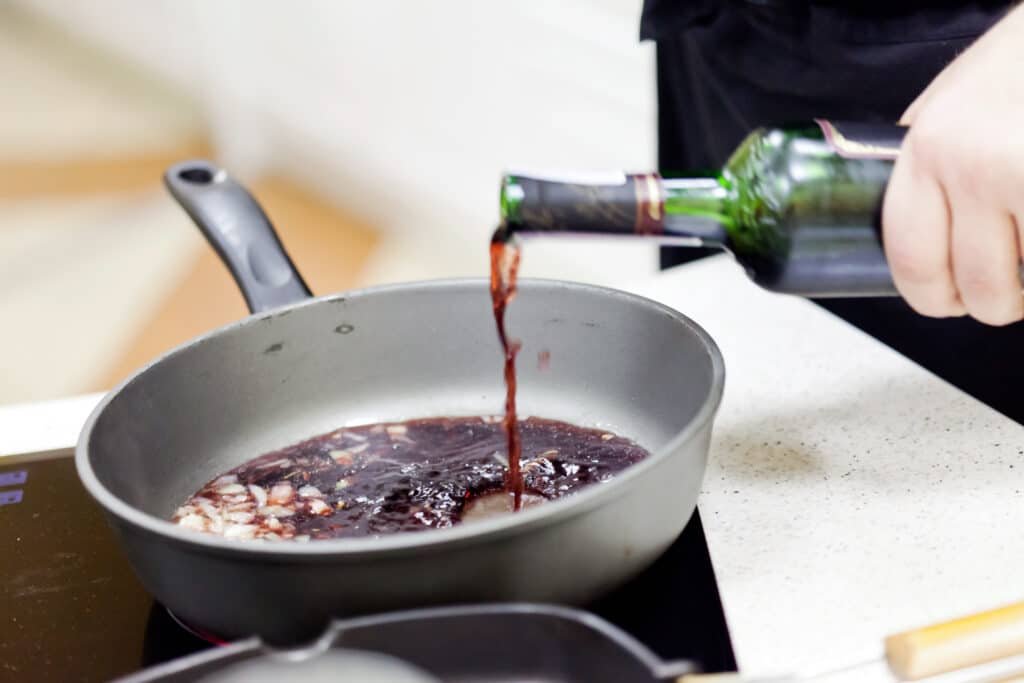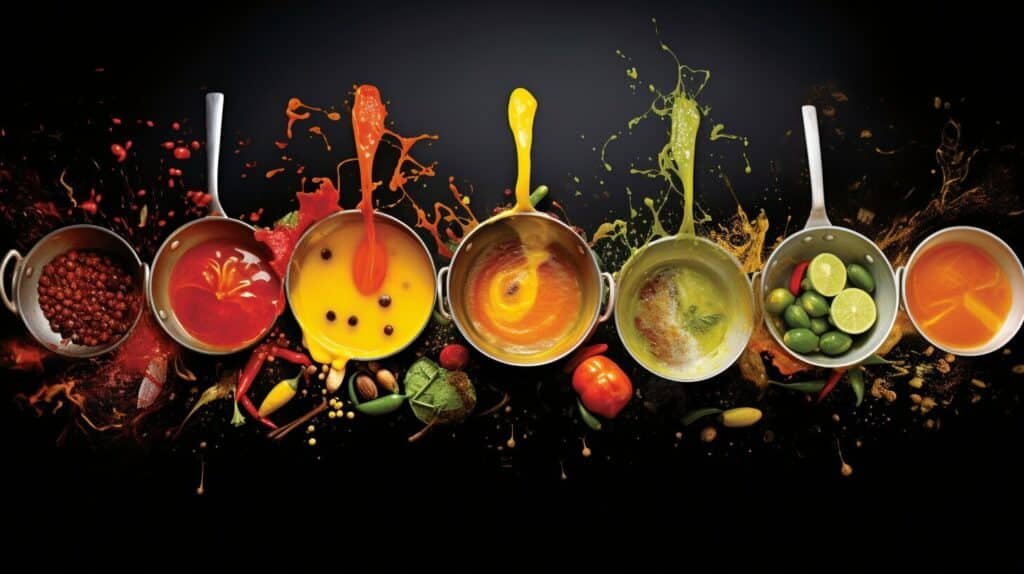If you’re looking to take your cooking skills to the next level, learning how to work with sauces is a great place to start. Sauces can take a dish from good to great, and learning from the pros can give you the knowledge and techniques to elevate your own cooking. In this article, we’ll be diving into the secrets of sauciers, with tips and tricks from the pros on cooking with sauces.
Whether you’re a beginner or an experienced home cook, there’s always something new to learn when it comes to sauces. From classic French sauces to modern twists, there’s a world of flavors and techniques to explore. By learning from the experts, you can improve your saucier skills and create dishes that are truly memorable.
In this section, we’ll be introducing the article and the main topic of cooking with sauces. We’ll be highlighting the value of learning from professionals in order to enhance your culinary skills at home. So, let’s dive in and uncover the secrets of sauciers!
Are you ready to enhance your culinary skills with sauces? Cooking with sauces is an essential aspect of creating delicious and memorable dishes. Sauces provide depth and complexity to flavors, and they can make or break a dish. Whether you are a novice or a seasoned cook, learning sauce recipes and techniques can take your cooking to the next level.
Sauces are incredibly versatile. They can be used as a base for soups or stews, drizzled over roasted meats and vegetables, or used to dress up a simple pasta dish. They can be rich and creamy, tangy and tart, or sweet and savory. The possibilities are endless.
To get started, try some classic sauce recipes such as béchamel, hollandaise, or tomato sauce. From there, experiment with different herbs, spices, and ingredients to create your own unique sauces.
One important aspect of making sauces is understanding the technique. Mastering the technique takes practice, but once you’ve got it down, you’ll be able to create perfect sauces every time. Whether you’re using a reduction technique to intensify flavors or emulsifying ingredients to create a smooth and creamy texture, the right technique can make all the difference.
So start exploring the world of sauces and see how they can elevate your cooking game. Check out the next section on mastering the art of saucemaking for tips and techniques from the pros to get you started.

There’s no denying that sauces are an essential component to any culinary creation. But what sets apart a good sauce from a great one? The answer lies in the techniques and tips used by sauciers. Here are some saucier tips and techniques to elevate your own sauce-making game:
Reduction is a technique used to intensify the flavor and thicken the consistency of sauces. The process involves simmering liquid, often wine or stock, until it reduces in volume and becomes thicker. The resulting concentrated liquid is then added to the sauce to enhance its flavor and texture.
Emulsification is the art of combining two liquids that normally don’t mix, such as oil and vinegar. This technique is often used in creating vinaigrettes and creamy sauces. To achieve emulsification, whisk the ingredients together vigorously or use a blender or food processor. Start with the egg yolks or mustard to act as an emulsifier, and slowly add the oil or other liquids.
Balance is key when it comes to sauce-making. A great sauce should be harmonious, with no one flavor overpowering the others. To achieve balance, sauciers often use acids, such as lemon juice or vinegar, to cut through richness. Sweetness, saltiness, and umami flavors should also be taken into account and balanced accordingly.
These are just a few of the techniques used by sauciers to create delicious sauces. Take these tips and apply them to your own sauce-making endeavors to elevate your culinary creations.

Sauces play a crucial role in enhancing the flavors of your dishes. When done right, they can transform ordinary meals into culinary masterpieces. However, choosing the right sauce can be challenging, especially if you’re not familiar with the different types of sauces and their uses.
According to saucier experts, the key to selecting the right sauce for your dish is to consider the ingredients and the cooking technique used. For example, if you’re preparing a grilled steak, a classic béarnaise sauce may be the perfect complement. On the other hand, a tomato-based marinara sauce would pair well with a pasta dish.
When in doubt, it’s always a good idea to consult a saucier or a reliable sauce cookbook for guidance. Experienced sauciers have a wealth of knowledge when it comes to pairing sauces with specific ingredients and cooking techniques.
Another useful tip from sauciers is to experiment with different sauces and flavors to find what works best for your dish. Don’t be afraid to try new combinations of flavors and ingredients to create your unique sauce.
| Type of Dish | Recommended Sauces |
|---|---|
| Grilled meats | Béarnaise, chimichurri, hollandaise, mushroom sauce |
| Seafood | Beurre blanc, lemon butter, remoulade, tartar sauce |
| Pasta | Marinara, Alfredo, pesto, carbonara |
| Vegetables | Hollandaise, béarnaise, aioli, romesco |
Overall, choosing the right sauce for your dish requires careful consideration and experimentation. By following the tips and advice from sauciers, you can elevate your home cooking and create memorable culinary experiences.

There is nothing like a delicious, flavorful sauce to elevate a dish to the next level. However, creating a sauce that is both rich in flavor and complex in depth can seem like a daunting task. Fortunately, sauciers have plenty of tips and techniques to help you infuse your sauces with the perfect balance of flavors.
One of the best ways to add depth to a sauce is by using aromatics. These are ingredients such as onions, garlic, and ginger that are typically sautéed in oil or butter before adding other ingredients to the sauce. Aromatics add a rich, savory flavor to the sauce that can really enhance the overall taste of the dish.
Another way to infuse your sauces with depth is by adding herbs and spices. These can be fresh or dried and should be added at the appropriate time during the cooking process. For example, fresh herbs like basil and parsley should be added at the end of cooking, while dried spices like cumin and paprika should be added at the beginning.
Wine is another great ingredient for adding depth to a sauce. Red wine, for example, can add a rich, bold flavor to a beef or tomato-based sauce, while white wine can add a lighter, more delicate flavor to a seafood or cream-based sauce.

Finally, it is important to balance the flavors in your sauce. This means making sure that no single flavor overwhelms the others. If your sauce is too acidic, for example, you can add a pinch of sugar to balance out the flavors. Similarly, if a sauce is too salty, you can add a splash of vinegar to help balance things out.
By following these tips and techniques from sauciers, you can take your sauces to the next level and create truly memorable culinary experiences.
As you continue to explore the world of cooking with sauces, it’s important to remember that sauces can be the foundation of your culinary creativity. With the right techniques and tips from sauciers, you can customize and adapt sauces to suit your personal tastes and preferences.
One key tip is to start with a basic sauce recipe and build upon it with your own unique flavors and ingredients. For example, you can add fresh herbs or spices to a hollandaise sauce for a delicious twist on the classic. Or, you can mix in a splash of wine or soy sauce to a tomato sauce for a deeper, richer flavor.
Another saucier tip is to experiment with different textures and consistencies. You can thicken sauces with cornstarch or flour for a more hearty, luxurious feel, or thin them out with stocks or broths for a lighter, more delicate touch.
Finally, don’t be afraid to mix and match different sauces with different dishes. A creamy bechamel sauce can be a perfect complement to a classic lasagna, while a tangy vinaigrette can make a simple salad sing with flavor.
| Saucier Tips for Building Sauces: |
|---|
| Start with a basic sauce recipe and add your own unique flavors and ingredients |
| Experiment with different textures and consistencies |
| Mix and match different sauces with different dishes for a personalized touch |
By following these saucier tips and techniques, you can become a master saucier yourself and take your culinary creations to the next level.

Working with sauces can be tricky, and even experienced cooks may run into problems from time to time. But don’t worry, saucier secrets can help you troubleshoot and fix those sauce mishaps. Here are a few solutions to common issues:
| Issue | Solution |
|---|---|
| Burnt or over-reduced sauces | Adding a liquid such as water, stock, or wine in small increments while whisking can help save the sauce. Alternatively, you can start with a new batch of sauce and mix it with the overcooked sauce until the desired consistency is reached. |
| Curdling or separation of ingredients | Slowly adding cold butter or cream while whisking vigorously can help bring the sauce back together. Additionally, straining the sauce through a fine-mesh sieve may help remove any lumps or solids. |
| Too salty or acidic sauces | Adding a sweetener like honey, sugar, or maple syrup in small amounts can help balance the flavors. Alternatively, adding more liquid ingredients such as stock, cream, or milk can help dilute the seasoning. |
Remember, it’s important to taste and adjust your sauce as you cook to avoid any mishaps. And if all else fails, don’t hesitate to start over with a new batch. With practice and the tips from sauciers, you’ll be able to master the art of saucemaking in no time.

As any saucier will tell you, sauces can be time-consuming to make, so it’s important to store them properly to extend their lifespan. Here are some tips and techniques from sauciers to ensure that your sauces stay fresh and flavorful for longer:
When storing sauces, use airtight containers to prevent air from seeping in and causing spoilage. Glass jars with tight-fitting lids or plastic food storage containers with sealable lids are ideal. Be sure to label your containers with the name of the sauce and the date it was made for easy identification.
Refrigerate sauces immediately after they are made to prevent bacterial growth. Once cooled, transfer the sauce to a container and place it in the refrigerator. Most sauces can last in the refrigerator for up to a week, but it’s best to consume them within 3-4 days, especially if they contain dairy products or meat.
When reheating leftover sauces, it’s important to do so slowly and gently over low heat, stirring frequently. Heating sauces too quickly or at high temperatures can cause them to separate or curdle. You can also add a small amount of liquid to the sauce, such as stock or water, to help revive its consistency and flavor.
If your sauce has thickened in the refrigerator, you can add some liquid to thin it out. For creamy sauces, add a little bit of cream or milk. For tomato-based sauces, add some chicken or vegetable stock.
Instead of throwing away leftover sauces, repurpose them in other dishes to add flavor and depth. For example, tomato-based sauces can be used as a base for soups, stews, and chili. Creamy sauces can be used to make pasta dishes, casseroles, and even macaroni and cheese. Keep your sauces frozen in small portions so that when you need small portions in future, you don’t need to thaw the entire container.
By following these simple tips and techniques, you can store and reuse your sauces like a pro saucier. No more wasted sauces and more time spent creating delicious meals!
Now that you’ve learned the secrets of sauciers and have some of their tips and techniques under your belt, it’s time to put it all together and create some unforgettable dishes of your own. Cooking with sauces can be incredibly rewarding, and with a bit of experimentation and creativity, you can elevate your dishes to new heights.
One of the best ways to get started with cooking with sauces is by trying out some popular sauce recipes. Be sure to choose sauces that complement the flavors of your dishes and don’t overpower them. Some great options to consider include classic tomato sauce, béarnaise sauce, hollandaise sauce, and chimichurri sauce.
Another way to get creative with sauces is by adapting and customizing them to suit your personal tastes and preferences. Experiment with adding different herbs, spices, and other flavorings to sauces to create unique flavor profiles. You can also adjust the consistency of sauces by adding or reducing ingredients, such as stock, cream, or butter.
When it comes to pairing sauces with dishes, there are a few general rules to keep in mind. For example, rich, heavy sauces tend to pair well with heartier meats and pasta dishes, while lighter sauces work best with fish and poultry dishes. You can also match the flavors of the sauce with those of the main ingredient, or create contrasts by pairing sweet and tangy sauces with spicy or savory dishes.
Remember, practice makes perfect when it comes to cooking with sauces. Don’t be afraid to experiment and try out new techniques and flavor combinations. With a bit of patience and creativity, you can create truly memorable dishes that will impress your family and friends.
Here’s a simple and delicious recipe for classic marinara sauce that you can use as a starting point for your sauce-making adventures:
Ingredients:
Instructions:
With a bit of practice, you’ll soon be whipping up delicious sauces that take your dishes to the next level. Happy cooking!